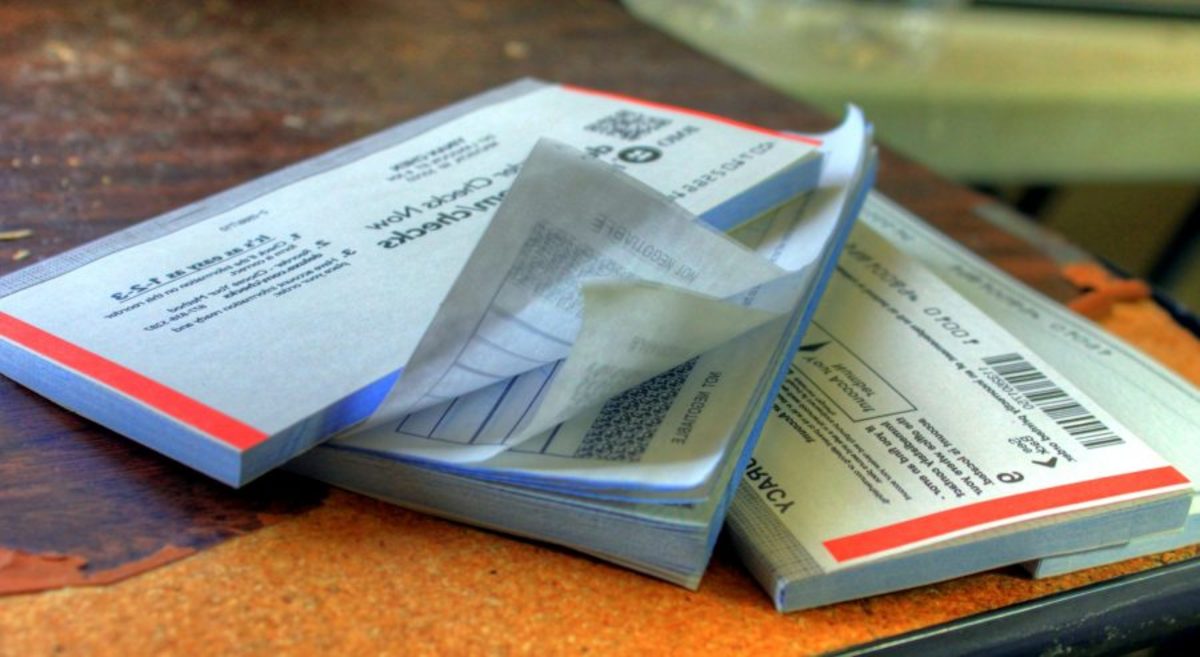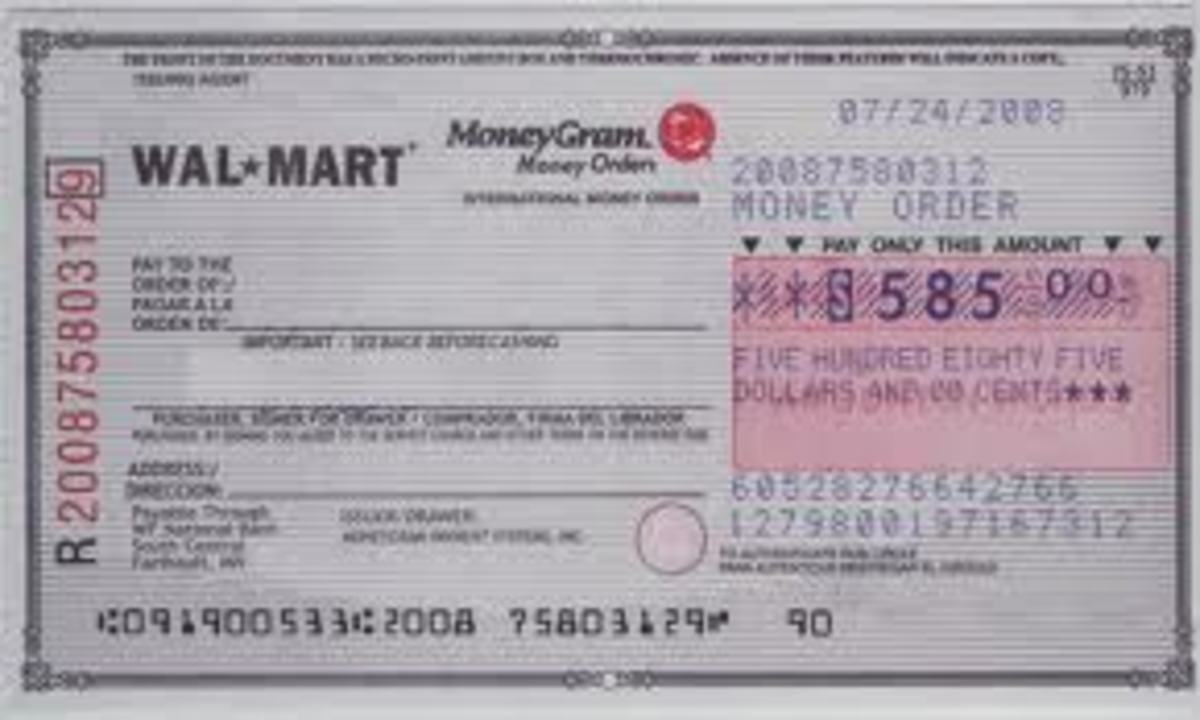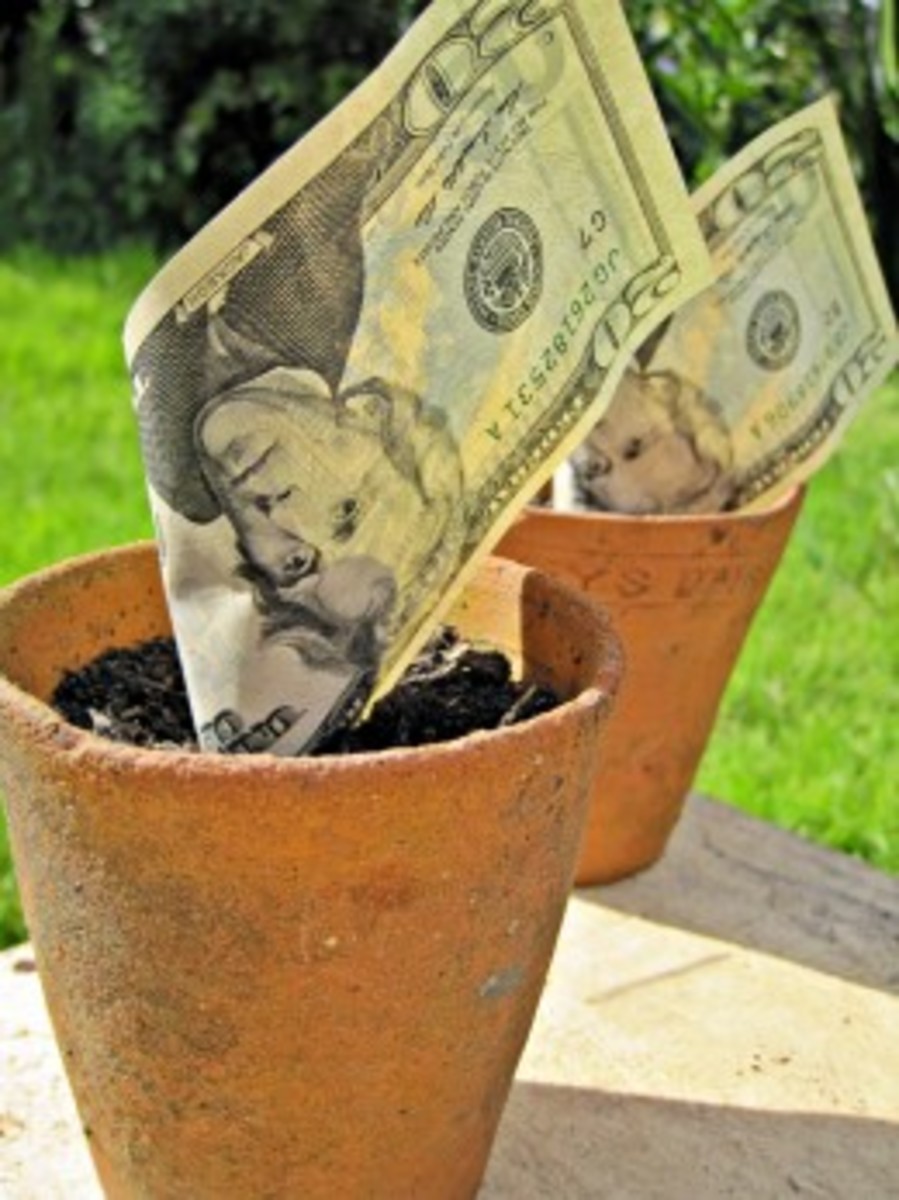A Banker's Utopia
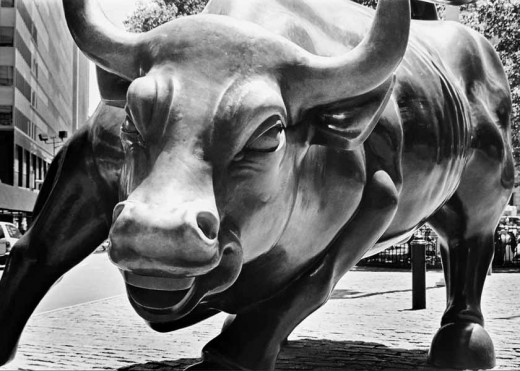
“Sustainable or Sustain a Bull”
A banker's utopia has turned out to be our collective dystopia. We went to the “Global Alliance for Banking on Values” and listened to the whole thing with three keynote speakers including Naomi Klein. This is a reworking of an old program called the "New Deal (1)" where government intervenes with the help of bankers to get business going again. But, as we are dealing with bankers, we are dealing with loans and interest rates and as Naomi Klein said "Pulling value out of thin air." This is just getting the cycle started all over again for another round of capitalism. This time, the word popular with many today is sustainable. This is used in reference to banking and its relation to going green and green technology versus big oil and gas. Naomi Klein also mentioned the existence of greenwash, but didn't expand that it allows some businesses to profit on the back of environmental concerns with no other regard than the profit margin. Sustainable is also a buzz word for depopulation (2) in order for a few to continue a high end consumption lifestyle. Values spoken of here are of community and local, but once again, we are dealing with loans that have to be repaid. Some of us ask; can we trust bankers that promise to be good now but run with the cash later to gamble on the casino economy? The last round has reduced hundreds of millions to poverty verging on being too poor to survive.
Here are some recent stats by the US state: 3.2 million homeless, 10.6 homes foreclosed and 5 million jobless whose EI has just run out (3). To the 10.6 foreclosed homes and an average family of 4, this means that there should be 42.2 millions homeless. However, many may be hidden by living with relatives, couch surfing or helped by charity and so are not high profile and visibly living in massive tent cities (4). As 5 million more are about to be foreclosed and driven to the streets due to the planned economic collapse of 2008, the homeless figure should grow by 20 million more bringing the total estimated homeless population to more than 60 million in the US. This translates to something like almost one in five people homeless in one of the richest countries on the planet. One last figure, one out of two in America are now not getting enough to eat. We are in the midst of a famine! I ask again; CAN WE IN ANY WAY TRUST BANKERS? If they charge interest on loans, whether bank or credit union, it can be ventured to say no, because it is this contradiction alone that was the cause of the last major collapse and all collapses before in history. How many more times do we have to do this cycle over and over?
Little was said of real values that come from natural resources shaped for our use other than sustainability, which translates "less is more" and deprivation and austerity is good. Yes, the tragedy of Greece (5) was mentioned as a way to gain support for "sustainable banking", which would be good, if somehow it was thoroughly policed and really transparent. But the lessons of history tell us that once the depositor puts money in the bank, the banker suddenly behaves as it it were their own money to gamble on the casino economy (6), which we will expose further. There are plenty of valid references of all kinds to back up this claim.
Naomi Klein has plenty to say about the economy
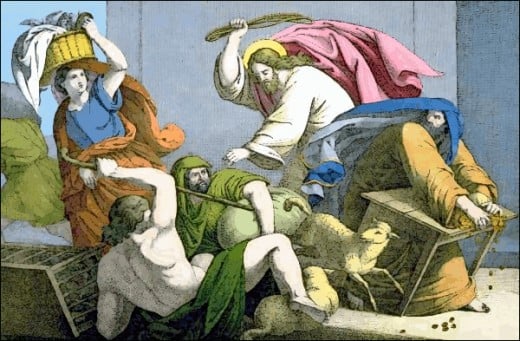
The very beginning of banking can be traced back thousands of years and is mentioned in the Old and New Testaments of the Bible. We can read of Jesus' account of overturning the tables of the money changers in the temple, calling them a den of thieves (7). This is based on the fact that when they changed currencies, they charged a fee. If they made a loan, they charged a fee, which is called usury in the Bible and which we call interest today. Usury/interest is condemned both in the Christian Bible and the Muslim Koran (8). But banks now routinely charge interest and so do credit unions; an important point in the analysis, as credit unions appear to be the next evolution in the banking sector. Traditionally, banks took in money value to protect them for depositors when they had a surplus. The banker then had the idea to lend it out for a fee called interest. But it did not end there as more was lent out than was held in the bank. This was the birth of fractional reserve banking (9) and the casino economy. When bets went bad and the depositors all wanted to withdraw at the same time, the banks simply did not have the cash on hand. This is called a “run on the banks” and is another recurrent theme in history. In the case of the uninsured deposits, the depositors who placed money in banks on trust, lost the shirts off their backs and got nothing or their original deposit back. Insurance systems were made to “guarantee” the depositors holding in the event of a bank collapse. But even here there were problems, especially if the big banks were “too big to fail”. Layer upon layer of “protection” was added so that there were small banks, large banks, insurance corporations, reserve banks, derivative schemes, national and international banks. These were placed so that a failure in one sector meant that there was some sort of life preserver to toss to the investors should a bank collapse due to a run. Fractional reserve banking grew in the heyday of deregulation from 1 to 10 to 1 in 100 in some cases. That means that for every unit of value in the bank, ten or one hundred were in circulation via loans. How did this come to be? Bankers simply printed more script to float this massive interest generating loan scheme, aka, international Ponzi scheme (10). In effect, they attempted to deceive the depositors by pulling value out of thin air without reference to anything of real and substantial value, often called collateral. Banks usually demand some form of solid collateral when making a secured loan. It is different on credit card systems as these are issued with no collateral so that the borrower can use these unsecured loans to obtain real collateral to which the banks can attach a lien.
Failure to pay the debt against the lien often means repossession or foreclosure by the bank as they retain title to anything until the loan is paid in full. Only when a loan is paid off including all the compounded interest (11), does the payer get the title to whatever the loan was issued. At least, that is how it is supposed to work as far as secured collateral is concerned. Failure to pay means that the loan payer loses the collateral and all payments made up to that moment of failure. But the system fails on a number of points, especially in the unsecured sector such as credit card payments made for restaurants, food, charities and other like situations for which it is impossible to seize any collateral on failure to make all payments. These have to be written off. This write off also occurs in secured loans where the collateral is destroyed by natural or man made disasters. All of this is true of the biggest banks down to the smallest credit union. The credit union eventually had to become tied into the greater capitalist economy and often winds up trading with big long established banks in the web described above. As they also charge interest on all debts, they differ little from the big banks as far as economic function is concerned. They also manage massive debts when the get large and function on the fractional reserve system of banking.
The small local bank or credit union likes to play up the ethics card and how they are accountable to their depositors and lenders. This has won a lot of trusting support by way of a massive move of 600,000 depositors removing their accounts from the Bank of America to local credit unions (12). But, are the depositors any better off? A deeper analysis says definitely not! Based on the banking structures detailed in the foregoing, to which credit unions are tied, there is essentially no difference except in name. The ethos of the bank is pure and simple; maximum profit at the least cost. Those who work for a living producing real value are expected, even legislated into being transparent. The banks are anything but transparent and even if credit unions are a possible exception, the books can always be cooked. Cooking the books is one way the big banks lulled everyone into a sense of false security until the very last moment at midnight of Sept. 14Th, 2008 when they were suddenly forced to declare bankruptcy (13). The big banks were not transparent and millions of working people paid with everything while the big banks and insurance companies were bailed out. In addition, derivative investors bet on the failure of these same institutions and won by taking home millions in sudden fortune due to the misfortune of millions (14). This then is the heart of the casino economy because the entire thing was based on a gambling bet that saw a huge transfer of wealth from the working poor to the pockets of the banking elite. On top of this they got billions in bailouts while the working people got the streets and starvation. The banks as they exist are unethical to say the least, and a corporatist criminal cabal to describe it more accurately, for the banks are tied in with the “owners of the means of production”. The “lowly” credit union and small bank would like to be a high roller in the casino economy, which is the long range goal. Today they talk ethics because it is popular. Today, with proper understanding, the working class can take the bank and credit union entirely out of the loop and drive the nails into the capitalist coffin. This can only be effected if the working class is also the banker, managing their own economy based upon real value beyond the mere spouting of “ethics”.
Naomi Klein also has something to say about developers
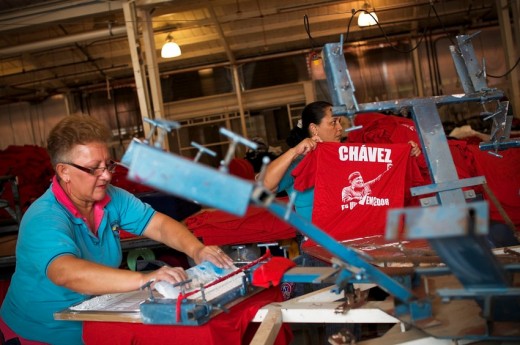
For the producer – worker based banking to be effective, there must be a union of the workers separate from the corrupt union brass. This is the shop floor operation, especially in any worker controlled shop. It is bottom up banking vs top down or capital centric organized financing. This means that the boss is not running the show, nor is an outside bank that is common today. The speakers, notably the head of VanCity Savings Credit Union stated that the credit union has its origins in such a structure. This is no longer the case as the typical credit union has grown to encompass a lot more than a single shop or local community. The credit unions today also fall under the Bank of Canada (15) or in the US, the Federal Reserve (16) and follow the same rules as the corporatist private banks. They offer the same lines of mortgaging and credit – debit products as the mainstream banks with all the same benefits and obligations. Many credit unions differ in one aspect in that they do offer a profit sharing account. So in part, they do offer a small dividend to the depositor. However, when push comes to shove, and a loan goes bad or in default, they will rely on the same collection agencies and court system as the main stream banks. The Global Alliance for Banking on Values (17) also smacks of a world level banking system that the mainstream banks have set as their goal. The world bank now dominates all countries except for Iran, Cuba and Sudan where they have no say. Until recently, they were excluded from Libya. So, the smaller banks and credit unions appear to be the banking system in waiting against the day the mainstream banks collapse utterly. The mass move of funds from mainstream banks to credit unions appears to be one of the first steps in this transition.
Bank values (community/local/nationalized) vs the production for use values (real local value exchange) are in contradiction to each other as the banks require the input of real value production in order to run their money schemes. Recall, that money in its purist is abstracted labour value that allows for fluid trading of commodities across the wider community. It makes for far more efficient barter to put it another way. Often, this is managed by a middleman to keep the accounts straight provided there is no corruption. Bank values should be about transparency and openness as stated by one of the speakers, but far too often it is not as in the case of the historical example set in 2008.
There is, unacknowledged at large, cycles to banking where the money supply is expanded and then contracted in regular fashion through deregulation and regulation in turn. These cycles run on a 30 year and 80 year term. Typically, the 30 year cycle covers most mortgages. It also covers business cycles and analysis of the long term marked supports the 30 year trend. After the expansion cycle, comes the contraction cycle where fractional reserve banking is curtailed and the economy is paid for by the workers on the bottom after the economy is imploded for the benefit of the elite. Several cycles of this have already been tracked and this history is detailed in “The Money Masters” (18). Basic concepts as “Money as Debt” (19) is covered in a documentary of the same name. The spending/development – austerity/contraction cycle works so that boom periods are corrected by shock doctrine type policies. It is a cycle of Keynesian (20) to Friedman (21) policies back and forth. Note that the forerunner to Friedman was Ayn Rand (22) who theorized in the same vein as Friedman does for the current era. This is structured so that maximum profit is made on both sides of the cyclic equation. In boom times, profit is made from production and consumption. In bear markets as they are called, the profit is made from betting against the market and imploding the economy via insurance plans. Wars also traditionally cycle with the market, but today, that distinction is blurred with the perpetual war against terror.

Promises, like value drawn out of thin air, are invisible and can change due to circumstances often beyond the control of financiers within the anarchy of capitalism (23). One such “invisible promise” financed “out of thin air” is the student loan. There is no solid product that one can see like a house or a car. The investment is made on education to the best guess as to what the market will require in the future to the ends of profitability and the likelihood of repayment at interest. This does not always work out as recently, the collapsed economy left no gainful employment for recent graduates, thus placing them in a default position on student loans. There is no solid collateral to foreclose and repossess. It is all tied up in education and the promise of the future profits, which in this case of the manifest present has resulted in a failure to keep the promise and a default. In this condition, there is no other option than to write off the loan. A debtors prison would add insult to injury as it costs some $110,000 per year in one estimate to maintain one prisoner (24). This hardly seems like a good fix for a defaulted $80,000 student loan generated over the course of a few years to several years. Yet, there are those who can turn a profit from private for profit prisons (25) who collect felons and now debtors as a cheap labour pool to compete with the likes of Asian workers.
http://www.bbc.co.uk/news/education-17309755
Now some people correctly state that the script we use as money are promissory notes wherein we make promises, contracted and secured or not to return real value for real value. This promise is something that can be drawn out of thin air, but it takes real work and value to honour that promise. Promises are made and broken and it is a standard joke that politician never keep them. We quote below another take on this business concerning the manufacture of fictitious capital as a means to transact promises concerning real use values.
“There's a lot of interest in and a lot of confusion around money, but certainly, it's right that money should be the center of our attention. Today, the medium of money is being thoroughly abused and it is this abuse that has put all the world's economies under the yoke of the banks and their wealthy owners. So what's really going on? For more than 300 years, money has been 'promissory'. Promissory money was perhaps the most significant development in the history of civilization, yet it's gone almost entirely unrecognized. 'Promissory' is precisely what money should be. Just like a promise, promissory money exists, not as value in itself, but in order to mark an obligation outstanding; the obligation, then, being the truly valuable thing. Many understand that banks don't 'lend' money, that what they do is 'monetize promises'. Some people are outraged that banks should be able to do this, that they create 'money from nothing'. But where do your promises come from? And where do they go once you've honoured them? Promises come either from nowhere or from within you and they reduce to nothing and disappear as you honour them. This is exactly what today's money is and exactly what money should be. Yet the terrible fraud of banking is that we have been led to believe that money exists only 'out there', that if we want some, we must 'borrow' it and borrow it, of course, at interest. Money does exist 'out there', but it also exists within us. Indeed all the money 'out there' came from within people who simply made promises in the past which remain outstanding. We have a certain amount of honourable promises inside of us, so when we need money, the bank can monetize our promises knowing that we're good for them. But that money is never 'loaned' or 'borrowed' and it certainly doesn't justify the adding on of interest/usury. Promissory money, then, is exactly what 'we the people of the world', the 99%, need to free ourselves from the grip of the usurious rich.
What harm is this lie, this usury money, this monetization of promises under the claim that money is being loaned and borrowed, doing to the world? Today, western workers lose in the region of 50% of their gross incomes to interest alone. Read that again if you need to. More widely, some 20% of global GDP (10-15 trillion USD (est.) annually) are being lost to interest/usury; money which, if we are to maintain vital supplies, must be borrowed back, at interest, from those who took it out in interest. You don't need to look any further to understand the root cause of our problems here on Earth. Sadly, the world's money exists not to serve us, but to make us servile, to honour the rich with endless tributes at terrible cost to us all. Promissory money is an evolution that's been at least 1300 years in the waiting; let's not let another generation go by in ignorance. Please share. Non-Exploitative Economics/Economic Rights. The People vs. the Banks. “Simon Occupy EconomicRights Andrew
In conclusion, the Global Alliance for Banking on Values is the most recent attempt to mystify the worker who thinks they need the banker to regulate their values where in truth it is the banks the require the input of the workers collectively. If the banks were cut out of the loop entirely and the working class managed their own shop based financial union or cooperative, then the gains that are made will go directly to the real producers instead of being syphoned off by nothing more than an organized criminal cabal of collective theft executed by a world level Ponzi Scheme in a casino economy that gambles on the lives of every single real value producer in the world. In addition, investments in war are heavy, almost a hundred times greater than local support investments such as infrastructure, schooling and the like.This transition would require the producers of the world to jump and function outside of the confining box the bankers cabal has built to parasite off the efforts of honest working people. This act would be one facet of a revolution to change the world order from war profits and Ponzi schemes of a casino economy to one managed by workers themselves for peace and prosperity on all local levels.
The 30 and 80 year cycle and Quantifying Evil
- Occupation: 1930s and 2010s
A repeating pattern is emerging. A pattern seen in the 1930s is being played out once more in a seeming repetition of history. There was an occupation in the 1932-33 period and again in the 2011-12 period. There are also other similarities, some of w - Quantifying Evil
Everyone has some sort of definition for evil and these differ from person to person and region. But there are acts that few can dispute as being evil. We can actually measure a society by scientific and mathematical statistics to quantify the level
References
1. http://www.spartacus.schoolnet.co.uk/USARnewdeal.htm
2. http://www.unfpa.org/6billion/populationissues/development.htm
3. http://www.nationalhomeless.org/factsheets/employment.html
5. http://www.bbc.co.uk/news/world-europe-17225278
6. http://www.casinocapitalism.com/
7. http://bible.cc/matthew/21-12.htm
8. http://www.alastairmcintosh.com/articles/1998_usury.htm
9. http://www.centralbanksguide.com/fractional+reserve+banking/
10. http://pyramidschemealert.org/
11. http://www.canadamortgage.com/articles/learning.cfm?DocID=2
12. http://rt.com/usa/news/bank-transfer-credit-country-747/
13. http://www.guardian.co.uk/business/2008/dec/28/markets-credit-crunch-banking-2008
14. http://www.guardian.co.uk/business/2008/dec/28/markets-credit-crunch-banking-2008
15. http://credit.bank-banque-canada.ca/householdcredit
16. http://www.frbsf.org/education/activities/drecon/2005/0503.html
18. http://video.google.ca/videoplay?docid=-515319560256183936
19. http://www.moneyasdebt.net/
20. http://www.economictheories.org/2008/11/keynesian-business-cycle.html
21. http://www.colorado.edu/studentgroups/libertarians/issues/friedman-soc-resp-business.html
22. http://www.guardian.co.uk/commentisfree/2012/mar/05/new-right-ayn-rand-marx
24. http://answers.yahoo.com/question/index?qid=20060830072230AAokWcK
25. http://www.globalresearch.ca/index.php?context=va&aid=8289

